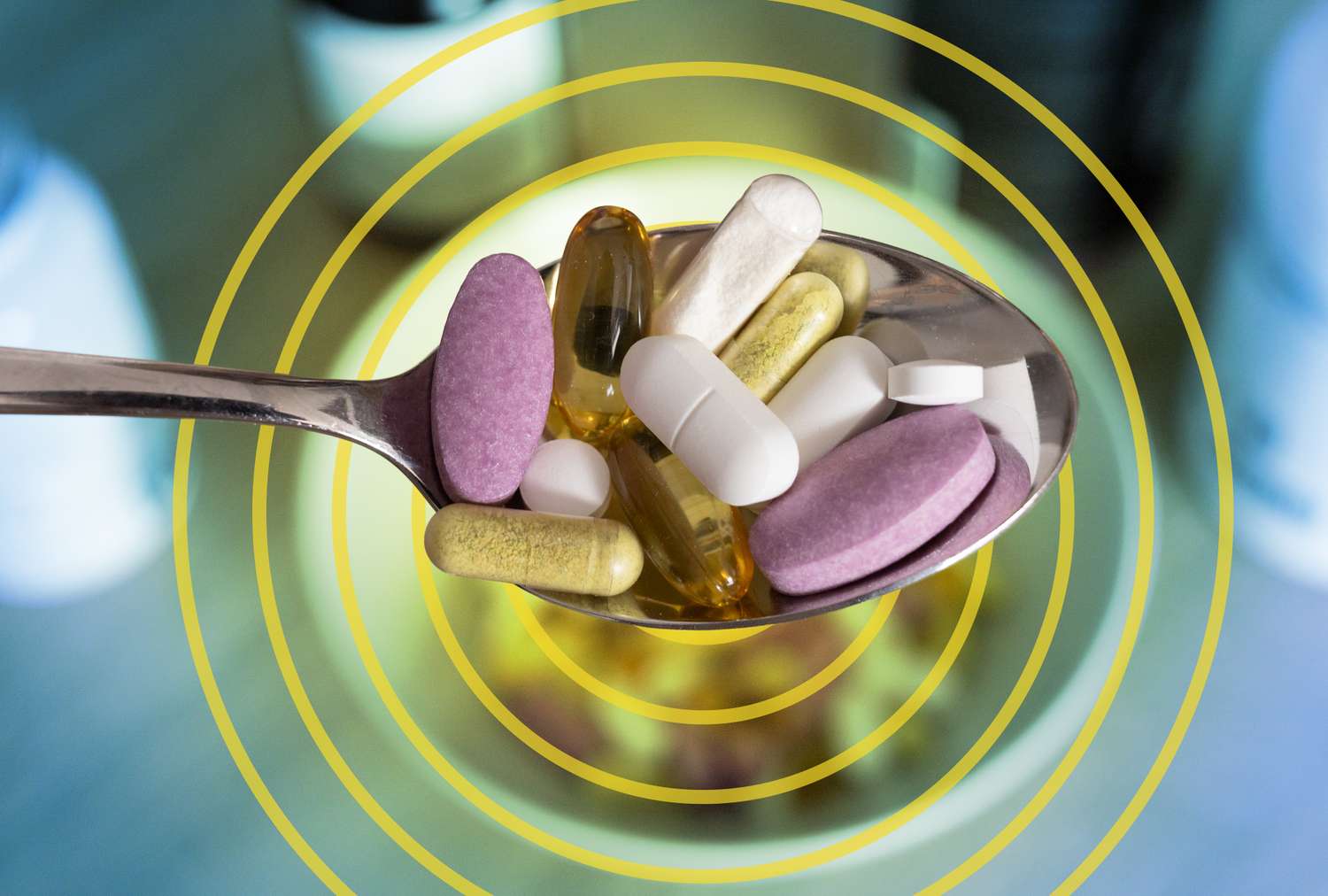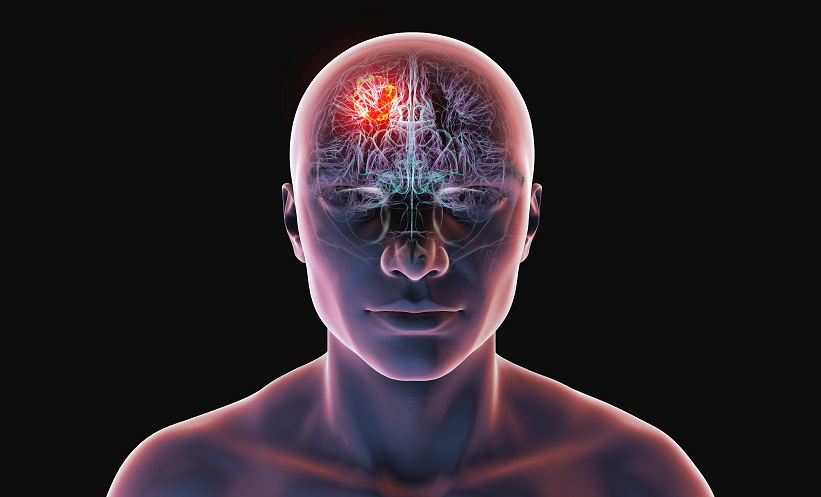Researchers have created the most detailed spatial multiomic atlas to date of glioma tumour microenvironments, shedding new light on why these aggressive brain cancers are so difficult to treat. By combining spatial proteomics, transcriptomics…
Blog
-

The Hottest Phones for the Next Billion Users Aren’t Smartphones
Smartphones may soon become even more expensive as the artificial intelligence boom puts pressure on memory supply. IDC warns that average selling prices for phones may increase 3% to 5% in a moderate scenario, and up to 6% to 8% in worse…
Continue Reading
-

“Offers excellent input flexibility, remote control and tank-like construction”: Fiio SP5 review
MusicRadar’s got your back
Our team of expert musicians and producers spends hours testing products to help you choose the best music-making gear for you. Find out more about how we test.What is it?
Fiio is best known for its portable audio…
Continue Reading
-

will it take a catastrophe for nations to take the issue seriously?
When you buy through links on our articles, Future and its syndication partners may earn a commission.
Artist’s illustration of space junk orbiting Earth. | Credit: NASA
This article was originally published at The Conversation. The publication…
Continue Reading
-

“Healthy” Habits That May Increase Inflammation
- Pushing your body too hard or undereating can quietly trigger chronic inflammation.
- Excess supplements, long fasts and constant stress may raise inflammation markers.
- Balance, recovery and proper nutrition are key for a healthy routine.
When it…
Continue Reading
-

Which Is Better for Your Gut?
Key Points
- Both sourdough and whole wheat bread support gut health, so the best choice depends on your digestive needs and goals.
- Sourdough may be easier to digest because fermentation lowers FODMAPs, supports mineral absorption, and feeds…
Continue Reading
-

5 sustainability habits you think are helping the planet – but probably aren’t
You’ve kicked off your day with a plant-based latte in a reusable cup, and boldly chosen to take the train instead of driving to work. They’re small steps in the right direction, and you’re doing your bit to save the planet –…
Continue Reading
-
President, PM pay rich tribute to Mohtarma Benazir Bhutto – RADIO PAKISTAN
- President, PM pay rich tribute to Mohtarma Benazir Bhutto RADIO PAKISTAN
- Benazir’s death anniversary observed at assassination site Dawn
- PPP vows to carry forward BB’s mission The Express Tribune
- Price of democracy Geo News
- Pakistan remembers…
Continue Reading
-

Mystery of Young Star T Chamaeleontis Unveiled by Astronomers
A team of astronomers has made a groundbreaking discovery surrounding the young star T Chamaeleontis (T Cha), located approximately 350 light-years from Earth. By investigating the star’s circumstellar disk, they uncovered evidence…
Continue Reading
-

Scientists recover RNA from an extinct animal for the first time
Scientists in Sweden recovered RNA from an extinct, 130-year-old Tasmanian tiger, also known as a thylacine. They then traced which genes were active in its tissues.
DNA can show what genes exist, but gene expression, which genes are active in a…
Continue Reading
